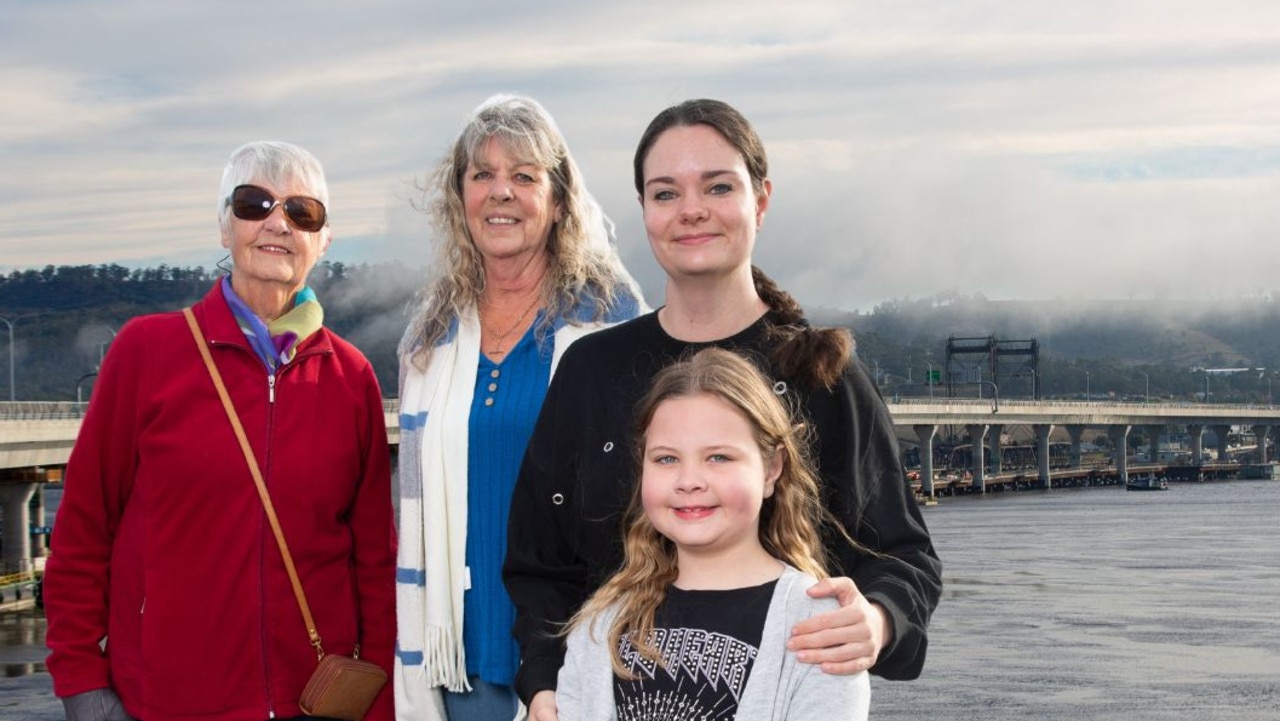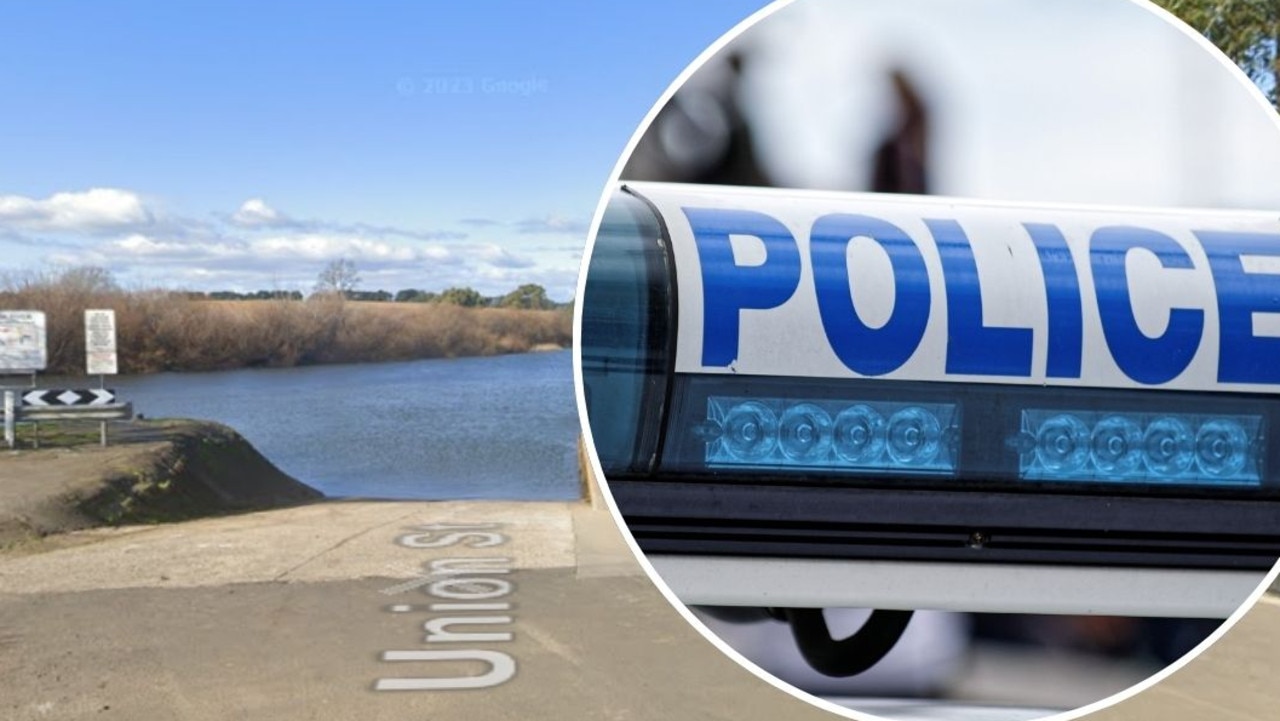New smokerlyzers tackling smoking in Tasmanian Aboriginal community
For 20-year-old university student Sienna Scotney-Barron, a new smokerlyzer shocked her with its reading. How the new technology is helping to break smoking habits.
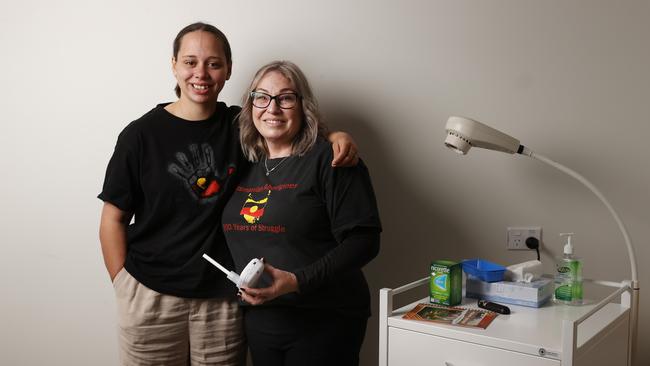
Tasmania
Don't miss out on the headlines from Tasmania. Followed categories will be added to My News.
For Sienna Scotney-Barron a reading on a new smokerlyzer was a shock.
The 20-year-old, who is studying medical science at university, has been smoking on and off since she was 16.
But with the help of Tasmanian Aboriginal Centre alcohol and other drugs co-ordinator Tina Goodwin (Burgess) she hopes to kick the habit.
“The first reading was a reality check,” Ms Scotney-Barron said.
“I want to focus on my health and getting the number down.”
Her low green reading of two on the smokerlyzer – a carbon monoxide monitor that provides real-time, visual feedback on smoking’s immediate effects – brought a smile to her face on Friday.
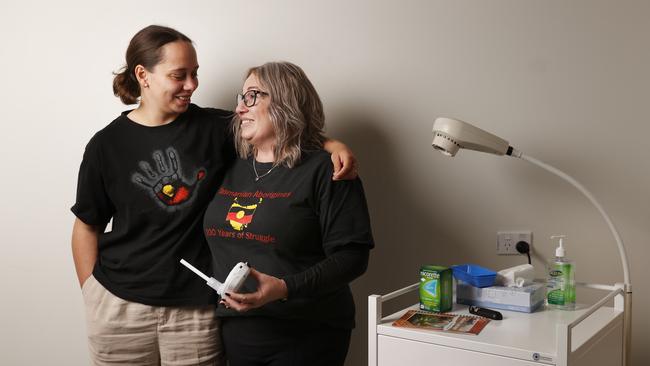
The TAC is hoping to reduce smoking rates and drive better health outcomes for Aboriginal communities, with the help of the new smokerlyzers at its five health clinics across the state.
Ms Goodwin (Burgess), said the technology was a gamechanger.
“Clients are either shocked, excited, intrigued or interested after receiving their smokerlyzer results,” she said.
“They can’t wait to see if they can get their reading down at the next opportunity and they want to bring their family and friends in to have a go.
“At TAC, quitting smoking is everyone’s business.
“Our team is committed to better outcomes for our people, and the Smokerlyzers have given us a new way to start life-changing conversations.”
Ms Goodwin (Burgess) said while the internal effects of smoking are hard to see, putting the numbers on a screen can be a great motivator.
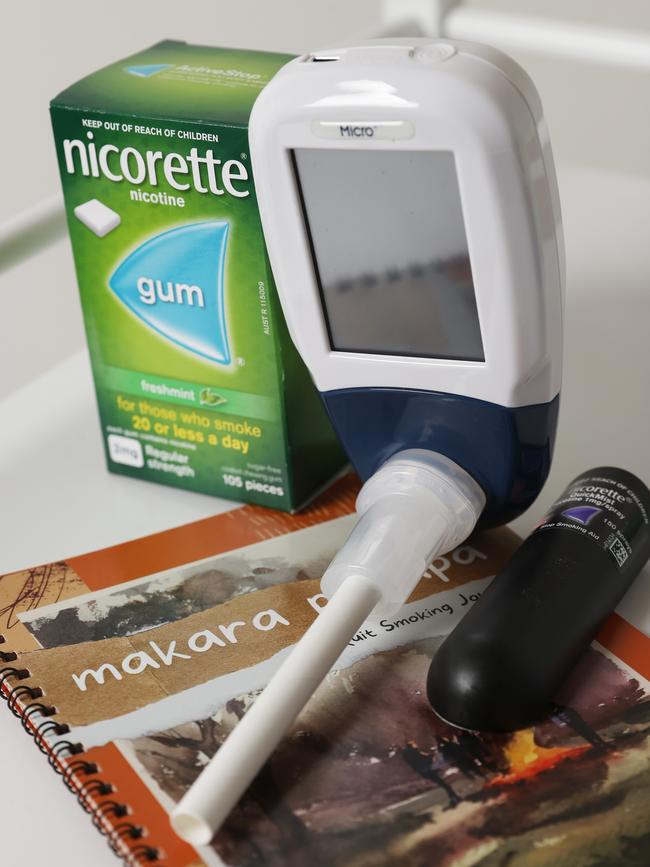
“We’re seeing real curiosity, determination and even excitement from clients who want to understand and improve their results,” she said.
“We chose the advanced smokerlyzer model, with the capacity to safely measure carbon monoxide levels in pregnant women, who are an important cohort for us to educate and empower given the low birth weights we see in Aboriginal communities.”
The initiative is one of several programs across the state as part of the Tasmanian Council of Social Service’s Smoke-Free Communities Project, which aims to decrease nicotine rates among community service organisation clients and staff.
TasCOSS CEO, Adrienne Picone, said the TAC’s integration of new technology to show the effects of smoking demonstrated the power of taking innovative approaches.
“Community organisations such as the TAC have trusted relationships with the people they serve, making them uniquely positioned to support smoking cessation in ways that governments or clinical services alone can’t achieve.
“Tasmania continues to see some of the worst rates of smoking and nicotine use in Australia, but organisations like TAC are doing the heavy lifting to turn this around, leading the way to create smoke free communities by empowering people to take small, practical steps to change addictive habits.”




